Tech Question: How long will brands continue to make rim brake wheels?
With disc brake road bikes omnipresent and the popularity of gravel showing no signs of slowing down, is rim brake wheel production in its last throes?
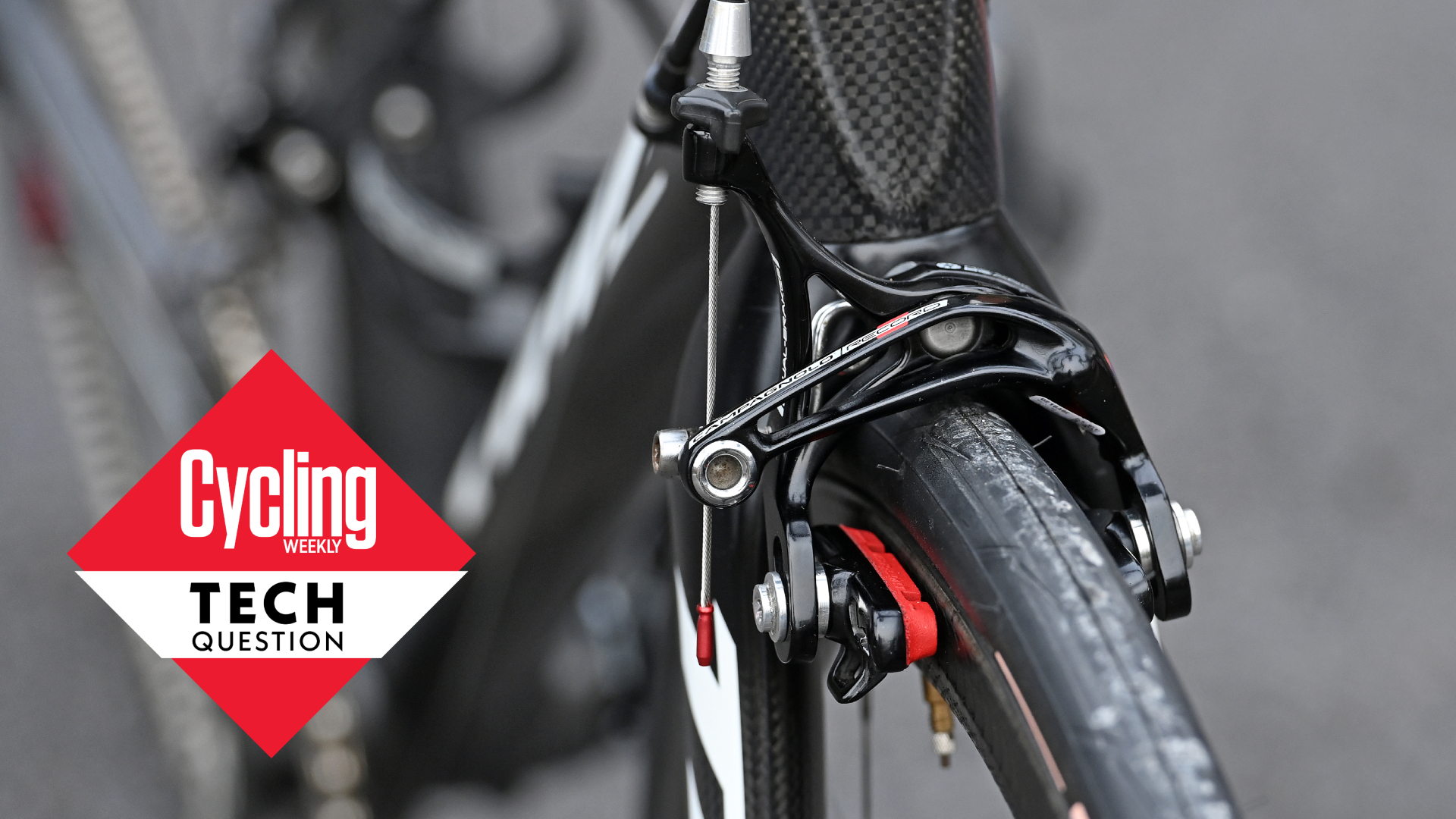
The march of the disc brake road bike began in earnest over ten years ago. Its rise has continued to the point that today they are ubiquitous, with most brand's flagship models now offered as disc only. Even the professional peloton, often notoriously slow to adopt new technology, has made the switch en masse, albeit reluctantly in some cases. All of which should have sounded the death knell for rim brake wheels.
Except it hasn’t. At least not just yet.
Rim brake wheels are still being made. And we’re not just talking shiny alloy models made for the retro build market. High performance carbon wheelsets with braking surfaces continue to be available, designed with a plethora of rim depths to match a chosen discipline or riding style. But how long will the production continue given the dominance of disc brake road bikes and subsequently the wider, tubeless rims and tires they’ve opened the door for?
Like any product, rim brake wheels are subject to market forces. Supply and demand are influenced by a range of factors but consumer preferences and technological developments are both drivers. Both of these now favour disc brake wheels.
So to assess the current situation for rim brake wheels and their potential longevity as a relevant piece of kit, we spoke to two wheel manufacturers who still produce a well-rounded lineup of rim brake wheels, Parcours and Hunt Bike Wheels, as well as a bike shop owner.
Are people still buying rim brake wheels?
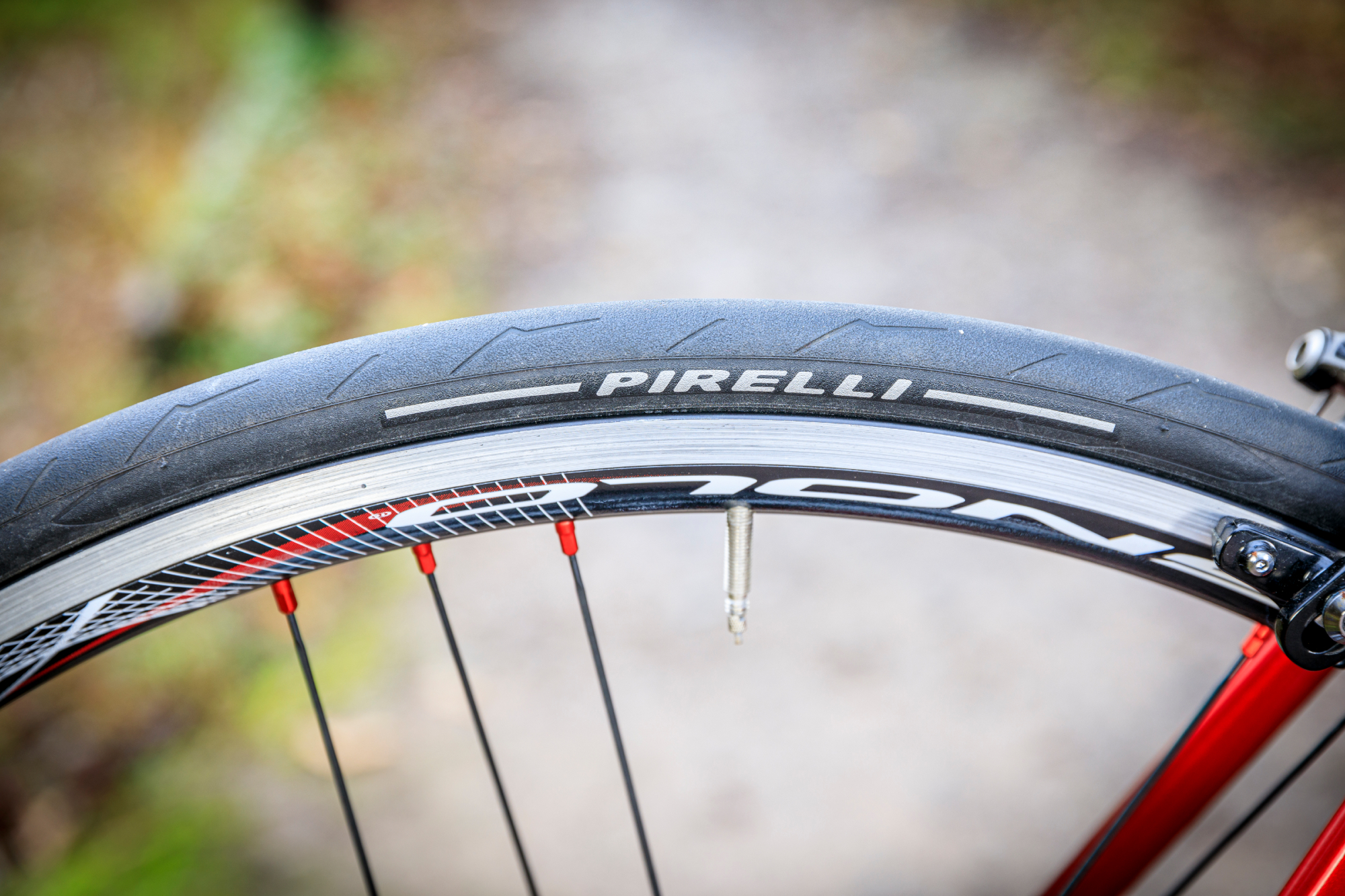
The seismic shift to disc brakes has been felt across the industry. When building complete bikes many brands rely on components, including wheels, from elsewhere. If rim brake road bikes are no longer being made in any serious numbers, then logic would imply that those brands will require far less related parts, rim brake wheels included. It’s certainly been the case for UK-based Parcours.
“Where we do see a near-total lack of demand is with our OE (original equipment) partners,” says Dov Tate, founder of Parcours. “All new bike sales there are now disc brake frames”.
Get The Leadout Newsletter
The latest race content, interviews, features, reviews and expert buying guides, direct to your inbox!
But what about all those road bikes equipped with rim brakes already in existence? There’s a good chance that a quick glance around during your next club run will reveal at least a few riders using rim brakes. The second-hand market is another area where rim brake road bikes are plentiful, and vitally, where the bargains can be found. So does this translate to a continuing demand for new rim brake road wheels?
“There’s certainly still a demand for an aftermarket upgrade - after all, there’s a lot of rim brake bikes still out there,” says Tate. “However as a percentage of overall sales it has decreased significantly over the past 2-3 years”.
And does this ongoing demand, albeit a declining one, come as a surprise?
“Not really,” he continues. “Whilst the vast majority of new bike sales are disc brake models, there are still a lot of rim brake bike owners looking for an upgrade. A lot of riders will hold onto a frame for more than just a few years, so we don’t see rim brake sales disappearing completely.”
It’s a viewpoint shared by the team at Hunt Bike Wheels, many who still ride rim brake bikes themselves. The brand even saw a spike in demand between 2020-2022.
“During the pandemic years, we saw quite a bit of demand growth for rim brake bikes,” says Kenneth Rodriguez-Clisham, Hunt’s North American Brand Manager. “Quite a lot of folks were pulling old bikes out of the garage and fixing them up with new parts and that was amazing to see. While we see the benefits of disc brake bikes, sometimes the best bike a rider has is the one they already own.”
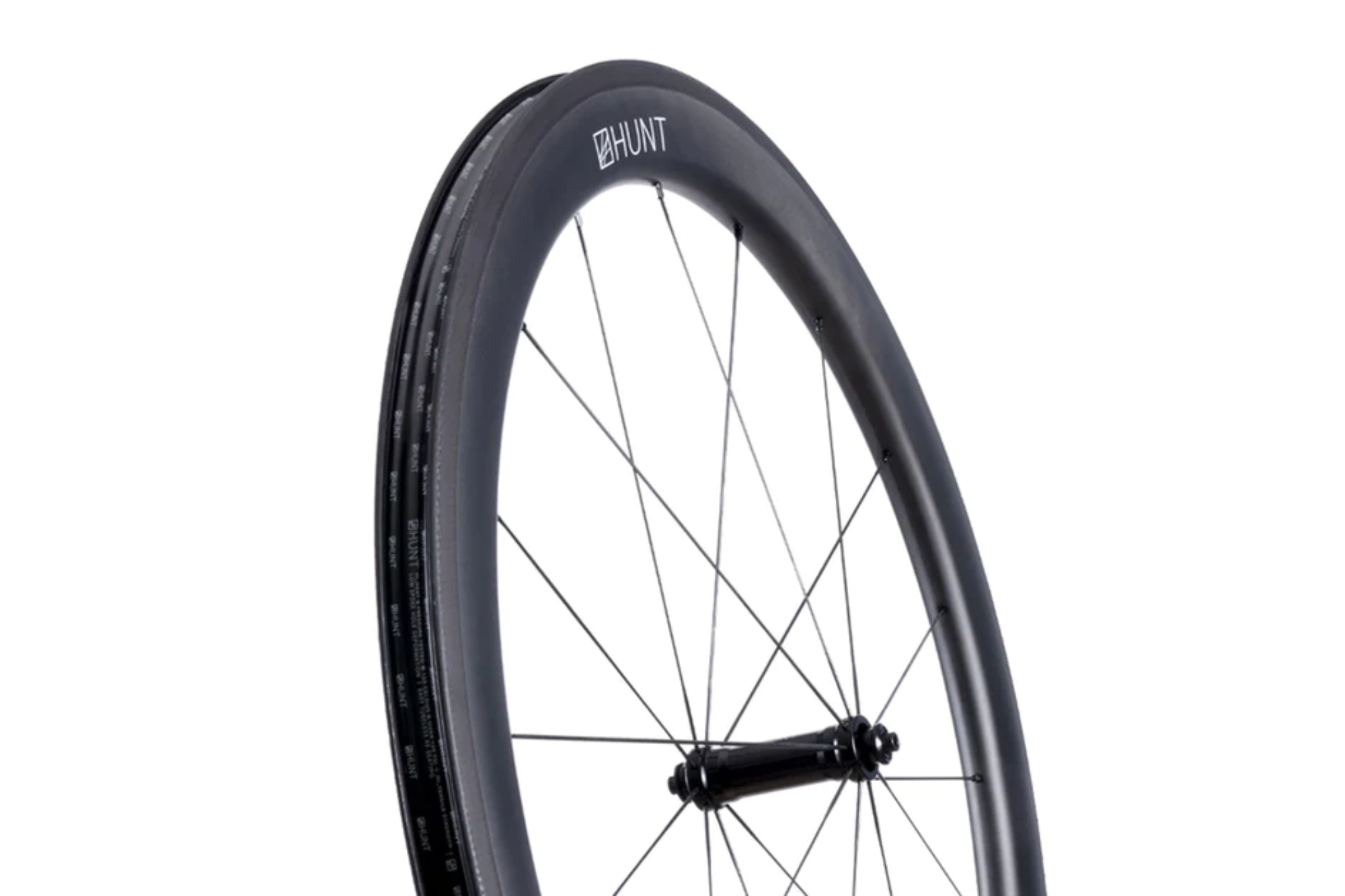
Hunt's 52 Carbon Aerodynamicist rim brake wheelset
But Hunt also accepts that the tide has clearly turned.
“Of course demand is changing,” says the brand's co-founder Tom Marchment. “So many new bikes, for which as riders we all tend to buy our nicest wheels for, are disc brakes, especially in the new breed of all-road capable mainstream road bikes and, of course, with gravel bikes being so popular."
The view from the bike shop
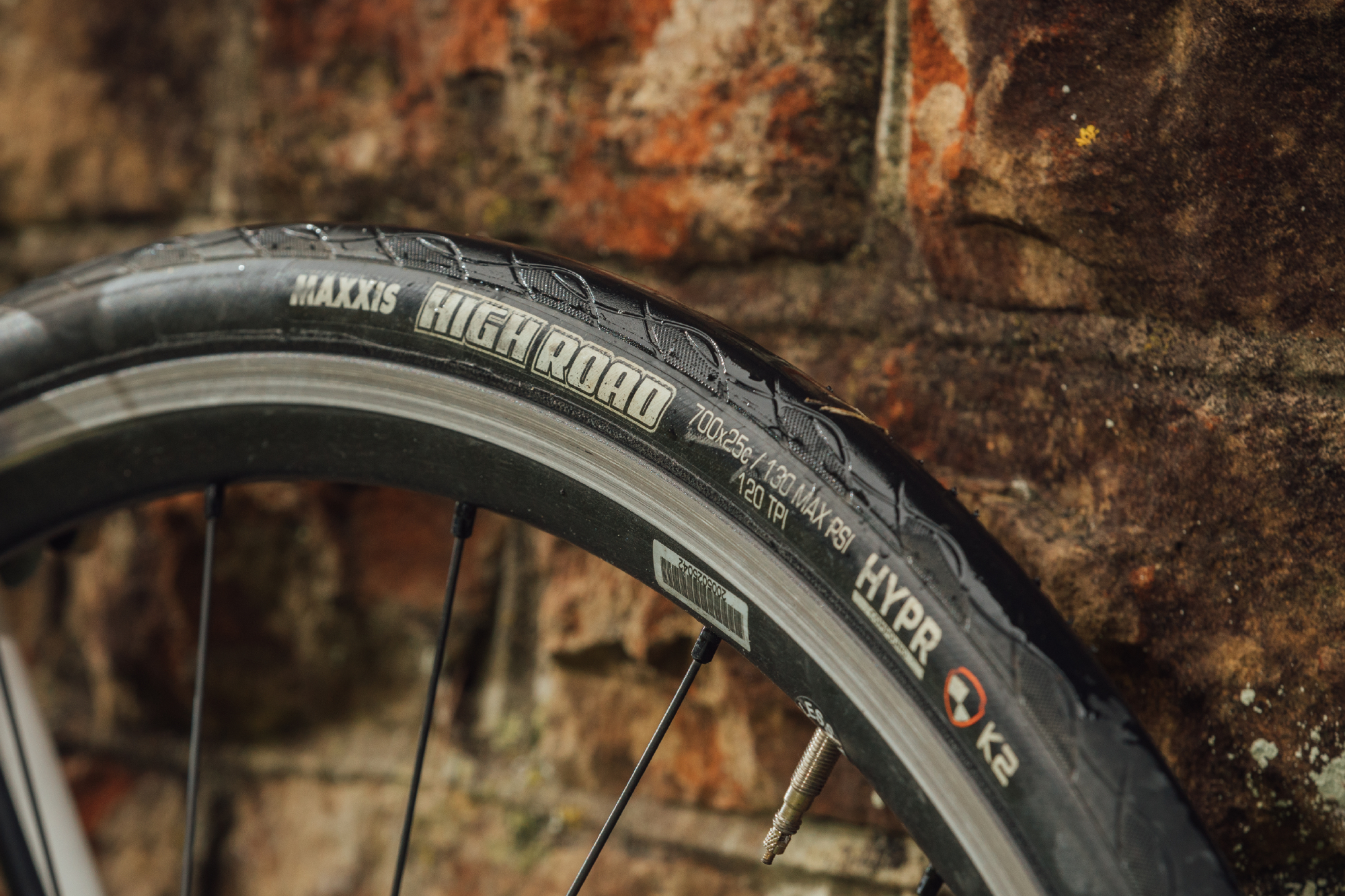
When it comes to the products they offer and the stock they carry, bike shops need to be acutely aware of demand. So do the needs of their customer base still make rim brake wheels a worthwhile investment? We asked Dave Farmer, owner of Surrey Hills Cycle Works for his thoughts.
“In terms of new bikes, we have been selling exclusively disc brake bikes for three to four years now,” he says. “And the wheel options from major brands are almost exclusively limited to disc brakes.
Interestingly, Farmer notes that while some of these major brands still include rim brake wheels in its range, they are often low or out of stock, indicating a slowing down of production if not an outright dissolution of the line. But the general lack of demand for rim brakes upgrades helps Farmer to negate this issue somewhat.
“It is very rare that people are upgrading their rim brake bike, more likely to be repairing it,” he says. “When we do occasionally have someone who wants some nice rim brake wheels, we have to look elsewhere than mainstream brands”.
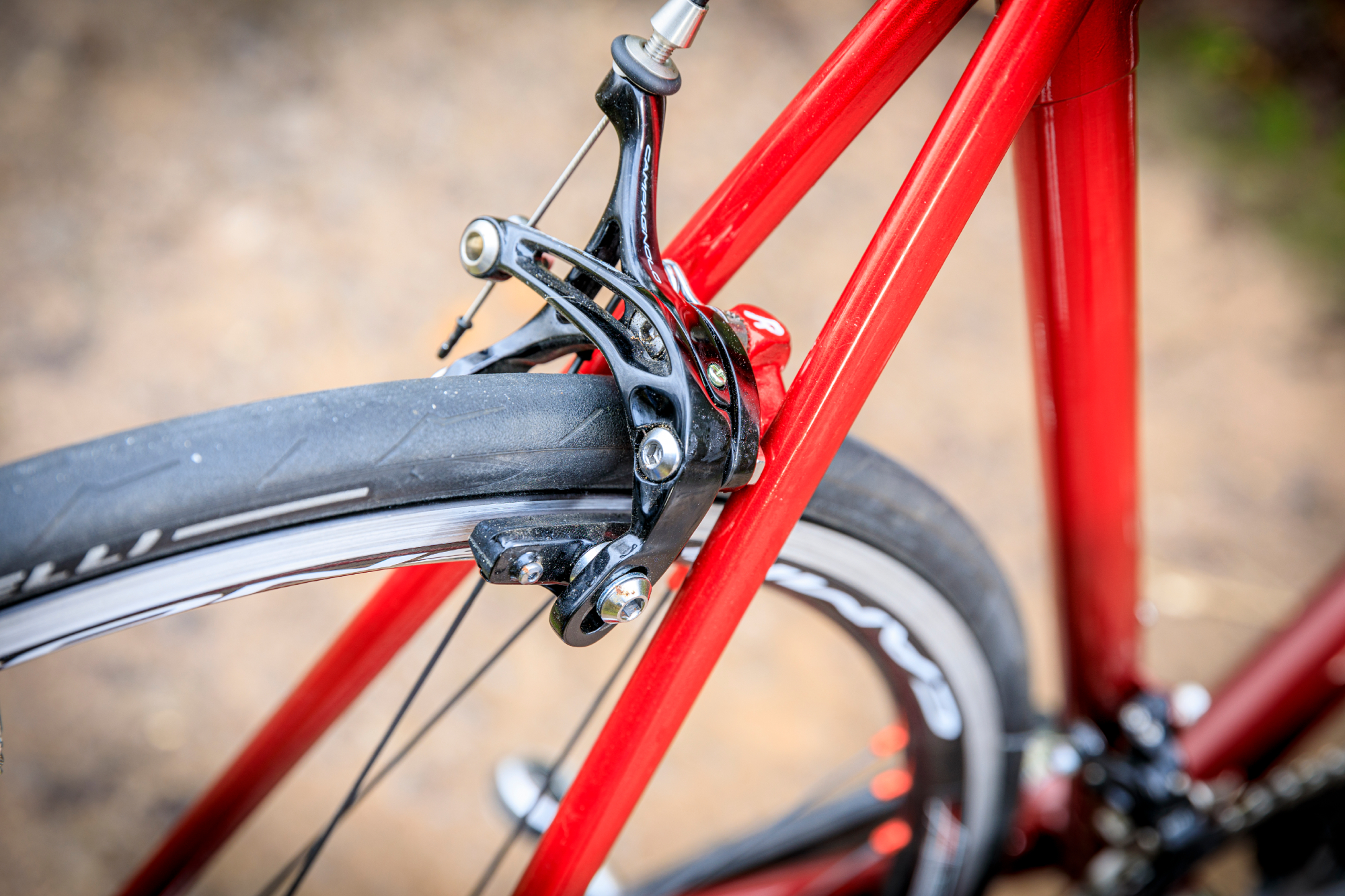
And then there’s the compatibility issue too, when the frame is of a certain vintage.
“Often width and tire size are limiting factors on what modern wheel fits an older bike,” he says. “We see a lot of older bikes where people have squeezed 26/28mm tires in them and scuffed through the paint and carbon as the wheel flexes.”
“When we need to offer someone new wheels on a repair bike, we often custom build them for people,” Farmer says “Most folk are very happy with this. Usually the rim brake bike is being repaired because the rider wants a cheaper option so they don’t have to buy an expensive new bike to keep cycling.”
The current and the future
Wheel design is perhaps the area most impacted by the disc brake revolution. It turns out building framesets for wider tires helped to expand not just the clearances but also the mind. As a result age-old assumptions about tire widths and pressures have been turned on their head, with wheel design changing in accordance to these new norms.
“The biggest impact on wheel design of introducing disc brakes was to remove the restriction on rim width imposed by the brake caliper,” says Parcours’ Tate. “This has allowed us to introduce our #thinkwider rim profiles, optimised around a 28mm tire width.”
It’s now accepted wisdom, backed up by plenty of research and data, that a wider internal rim matched with wider tubeless tires run at lower pressures both reduces rolling resistance and greatly improves comfort when compared to say a 25mm tire run at 100psi. And, according to Parcours, disc wheels are still in their infancy.
“Design-wise, we’re still relatively early in the product lifespan for disc brake wheels. There’s still a lot of innovative design work going on with some really exciting developments underway.”
By their very nature rim brake wheels have an inherent disadvantage compared to their disc equivalents - the braking track itself. Hunt’s Development Engineer Patrick Brown explains why moving the braking surface from the wheel to the disc enables a wheel to be both faster and lighter, two of cycling’s favourite preoccupations and important marketing tools for many new products.
“Without the restriction of having the narrow flat brake track we can improve the aerodynamic performance of the wheel especially with wider tyres,” he says. “Also, without the extra material for a brake track the disc rim can be a little lighter, and, this being weight at the rim, will reduce the moment of inertia of the system.” He also notes that without a braking surface on the rim to wear, disc brake wheels should have greater longevity, another key selling point.
Is time up for rim brake wheels?
So perhaps the ominous sound of that bell is closer than we think. After all, how long can rim brake wheels survive if consumer demand is down and the focus of technological developments is aimed squarely at disc brake offerings? I asked Dov Tate if, in fact, rim brake wheels have reached their peak in terms of design?
“I don’t think rim brake wheels have necessarily reached the ‘peak’, as some of our recent research and innovation, such as differential front and rear rim profiles, could be applied to a rim brake wheel, albeit without the “wider” element,” said Tate.
Which begs the question, why isn’t the latest innovation applied to rim brake wheels? It’s back to those market forces again.
Tate raises two salient points. Firstly, as a brand who appeals to riders who are after cutting-edge designs, how many of Parcours customers are still running rim brakes “given the latest in frame design is all disc brake-focused?” And secondly, “will an updated design outsell our existing design to such an extent that it would justify the upfront investment in R&D and production and tooling?”
“I’d argue the answer to both is more likely to be “no”,” he says. “Realistically we need to cater for the demand of our customer base. And by and large they are moving across to disc brake bikes. So could we? Yes. Will we? More likely not.”
Hunt still envisages developing some new rim brake wheels in "the coming years” but also correlates the industry’s focus on progressing disc brake bike design with an unavoidable slowing down of rim brake wheel production.
“Five to ten years from now it seems like new rim brake wheel development will be extremely limited and specialist given that almost no new performance bikes will utilise rim brakes,” says Marchment.
But he raises perhaps a glimmer of hope for rim-brake die-hards, even when they’ve long been ditched by the mainstream.
“We wish we had a crystal ball and could understand what the market will be doing several years from now,” says Marchment. "But regardless of what the larger industry does, we’ll always make sure we answer to the needs of riders.”

Thank you for reading 20 articles this month* Join now for unlimited access
Enjoy your first month for just £1 / $1 / €1
*Read 5 free articles per month without a subscription

Join now for unlimited access
Try first month for just £1 / $1 / €1
Luke Friend has worked as a writer, editor and copywriter for twenty five years. Across books, magazines and websites, he's covered a broad range of topics for a range of clients including Major League Baseball, the National Trust and the NHS. He has an MA in Professional Writing from Falmouth University and is a qualified bicycle mechanic. He has been a cycling enthusiast from an early age, partly due to watching the Tour de France on TV. He's a keen follower of bike racing to this day as well as a regular road and gravel rider.
-
 A bike rack with an app? Wahoo’s latest, and a hub silencer – Sea Otter Classic tech highlights, Part 2
A bike rack with an app? Wahoo’s latest, and a hub silencer – Sea Otter Classic tech highlights, Part 2A few standout pieces of gear from North America's biggest bike gathering
By Anne-Marije Rook
-
 Cycling's riders need more protection from mindless 'fans' at races to avoid another Mathieu van der Poel Paris-Roubaix bottle incident
Cycling's riders need more protection from mindless 'fans' at races to avoid another Mathieu van der Poel Paris-Roubaix bottle incidentCycling's authorities must do everything within their power to prevent spectators from assaulting riders
By Tom Thewlis